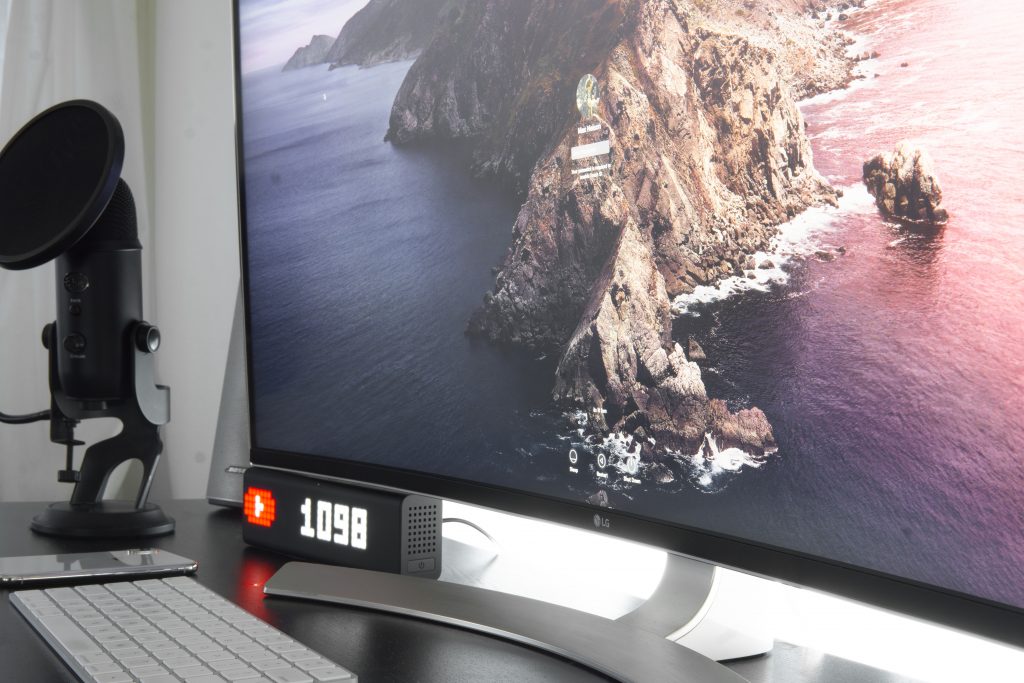Curved screens are now found more and more often among the many flat screens on the market. Whether this is just a temporary trend or whether a curved monitor is really better cannot be said directly. Because the following also applies here: There is a corresponding application area for every monitor. In general, however, it can be said: Curved monitors are suitable for all work areas. But are there advantages or disadvantages? We took a closer look at the whole thing.
More than just a design gimmick

Of course, the first thing you notice about a curved monitor is the elegant design. You also have the feeling that the screen takes up more space on the desk, but the curvature does have its advantages. Especially in the visual field, you directly notice that the curved design simulates a panoramic view, which is directed at the eye’s natural field of vision. This is because curved monitors exploit all three dimensions (length, width and height) and peripheral vision to produce this panoramic view. As a result, the user practically forgets that he is looking at a screen, which does not work as easily with a flat monitor.
Distortions are also minimized on a curved monitor. With a flat screen, images are emitted in a straight line, both towards and past the user. On a curved monitor, the screen directs everything towards the user, minimizing distortion. This is mainly due to the physical laws of light projection. This also makes curved screens easier on the eyes, as our eyes perceive more of the image, especially when the content extends beyond the user’s field of view on a flat screen. Thus, curved monitors can also cover a wider field of view, which is especially positive in multitasking applications.
There is always one catch
Of course, a curved monitor does not only have advantages, and there is always a catch, as we all know. Among them is that wall mounting a curved monitor is made more difficult by the curvature. Not only do they need a special wall mount, they also don’t nestle up to the wall as nicely as a flat screen would. Because even when mounted on the wall, a monitor should not have any restrictions in terms of alignment, which is why a curved monitor cannot be mounted directly on the wall, but needs a certain amount of freedom of movement.
If you don’t want to mount the monitor on the wall either way, you might be bothered by unsightly reflections due to the curved shape, since the light is reflected from many different directions and not just from one. With a flat monitor, reflections can still be minimized easily, but this is much more difficult with a curved shape.
A curvature can also become a problem if you mainly want to edit pictures with the monitor. This is much easier on a flat screen because of the curvature.
Ultra-wide monitors in curved design
Only recently have you started to find ultrawide monitors in curved design, where the aspect ratio changes from 16:9 to 21:9. This results in 33% more horizontal screen area. Such monitors are especially worthwhile for users who have several screens next to each other, since they only need one curved screen for the same screen area. Especially when gaming, ultrawide monitors in curved design create an immersive gaming experience, since you are directly in the game action. This can be especially advantageous if you play a lot of shooter games.